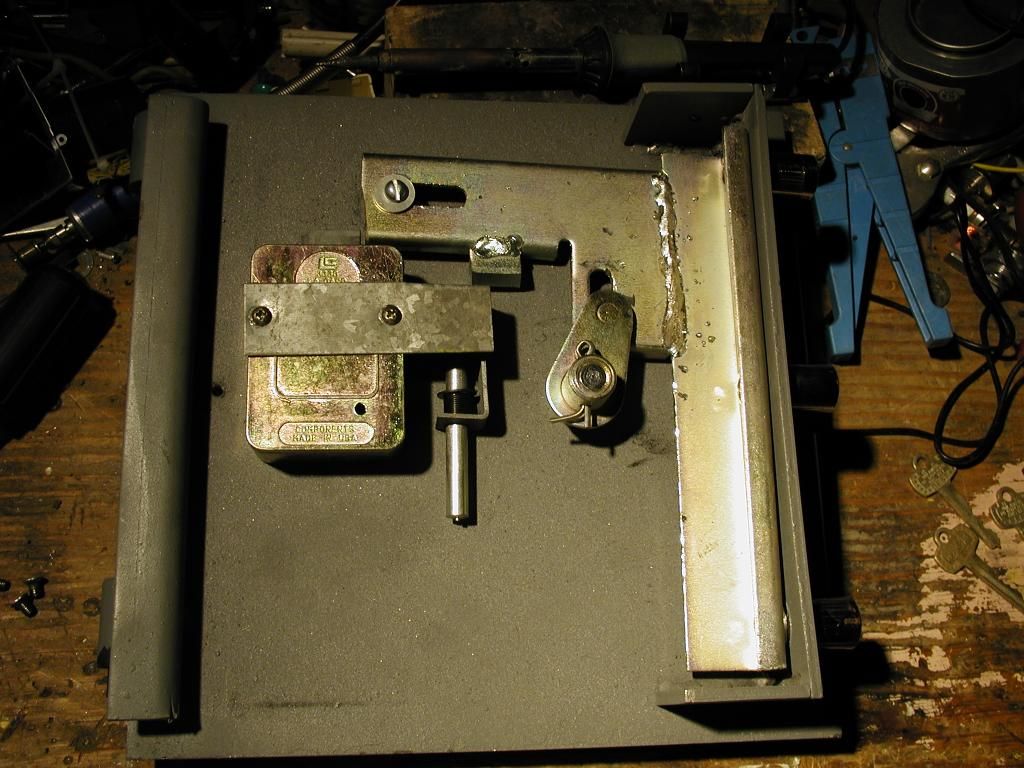Thanks Lockdocwa, good to know. I haven't had any experience with powdered Teflon before.
2 octops, I agree that too much graphite can/will cause problems, but I thin graphite is still a good lubricant. Please let me present my points for graphite:
It's cheap and readily accessible (what I do is to run a pencil on the key and then insert it and turn it). (I'm not sure how much Teflon costs, but a pencil is cheap.)
Another reason why I like this pencil method is because I'm not really a professional so I wouldn't use up too much of lubricants. But a pencil can also be used to write so there's no waste there. With this method it's also easily used, if you use real powdered graphite that's of course quite messy.
I also think it has some advantages against fluid based lubricants because solvents inevitably evaporate leaving behind a muck.
Because there is no evaporation graphite stays useful for a longer time too.
Grease based ones or actual oils turn into a real nightmare with time and dirt added.
((And if you consider most of the things laypeople would use are worse. Cooking oil, which I've seen used often, is a good way to make a functioning lock unusable.))
Of course you both were right on the downsides: too much can cause problems, it can do all the things you've said. You were also right about the messiness, if you use the professional powdered graphite.
I'm not sure about the abrasiveness. What kind of graphite did you have in mind? I don't think the softer graphites are too abrasive for locks.
Anyway I have to admit I have been wrong saying graphite is the best, there could be better options out there, and thank you for bringing it to my attention

So I have to correct myself:
I think, all things considered (price, ease of use, accessibility, functionality of pencils) graphite is the best lubricant
for the layperson for pin tumbler locks.

What's your opinion on that?





